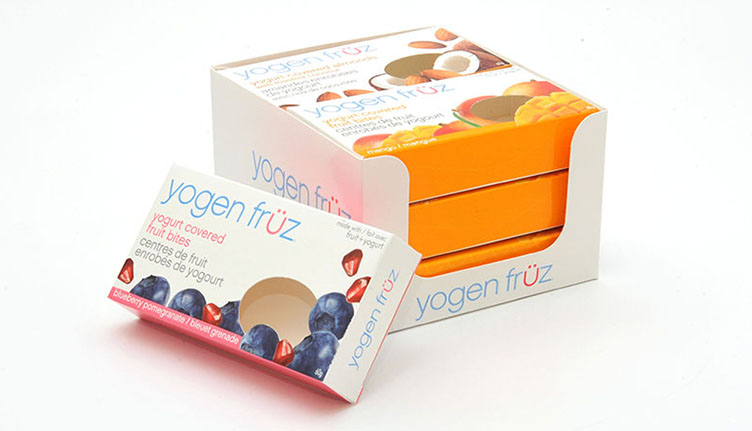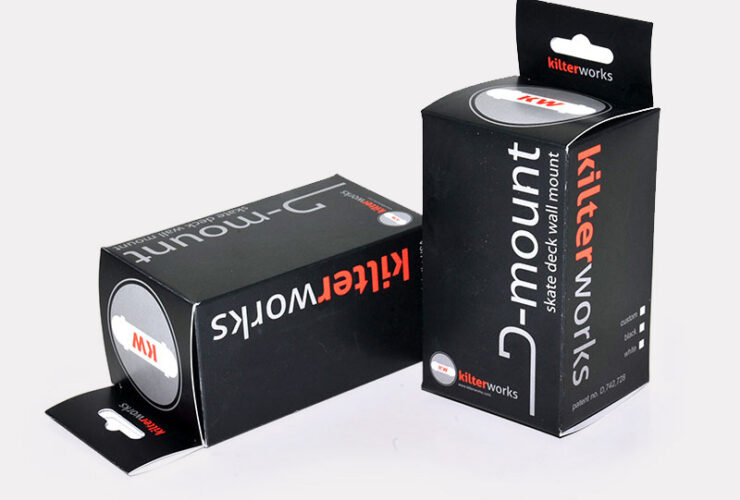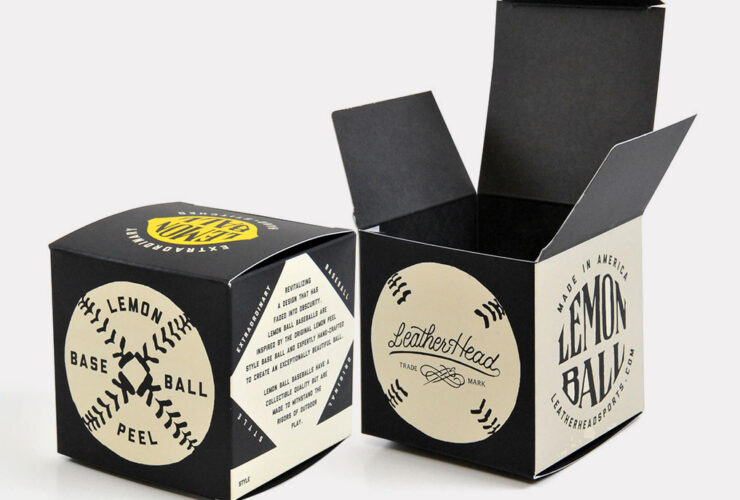food box manufacturer
Achieving Success in Food Box Manufacturing
The food & beverage related market dominates the printing and packaging industry in terms of market size and volume. Growth rates in these market segments are at a healthy range between 4-6% on an annual basis. The market size is currently estimated at under $300Bn by Ernst & Young. About 30% of this is in markets such as Russia, India, China – while the bulk falls into developed markets and other emerging markets at 70% or so.
Food box manufacturing includes 5 kinds of packaging. Paper and board (34% of market share), rigid plastics (27% and growing rapidly in size of share), glass (10%), flexible plastic (10%), misc. packaging (12%) and beverage cans at 6%. The typical food packaging manufacturer sits in the value chain as a key supplier for the end manufacturer; converting raw materials into semi-finished goods.
As a converter of raw materials, this means that all food box manufacturers need to be diligent on raw material pricing and quality. Materials such as board, paper, polymer, metal, etc. are cornerstone materials with commodity like pricing. The suppliers are usually larger global producers. Costs of major raw materials tends to be more than half the cost of a typical food box manufacturer. It is thus critical to manage costs and quality of raw materials; balancing long term contracts with opportunities to ‘spot purchase’, and maintaining some diversity in suppliers.
As the typical food box and packaging manufacturer is working on maintaining margins between raw material costs and finished product revenue, the manufacturing process becomes critical. Companies that minimize waste and have the highest quality standards are usually at the top of their industry groups. Reducing scrap has to be a key cornerstone of company strategy and its personnel and equipment are crucial to ensuring this. When considering investment in equipment, consider scrap rates and accuracy to measure ROI. New printing, packaging, foil stamping technologies in modern machinery typically make the capital investment worthwhile.
When considering capital expenditure in food box manufacturing technology, it is best to walk a fine line. If you invest too much, it affects cash flow and the return on investment. Invest too little and have older machinery, the scrap rates will bite into the company’s profits. Pick equipment manufacturers that have offer the highest quality for the lowest price. This can be crucial to a food packaging manufacturer considering options.
It is also critical for food packaging producers to have a strong cadence for measurement of operational performance. Setting up the right key performance indicators (KPIs) is very important. Leading companies pursue automated measurement and diligent reporting.
Typically its best to measure:
- OEE: Overall equipment effectiveness can measure the production of raw materials into finished goods. 100% conversion means full conversion and no losses, therefore the better the rating, the more efficient the company
- Utilization of total available machine time (24/7 time frame) is separate from OEE and is a measure of operating performance
- There are other metrics such as DSA (days sales outstanding), DPO (days payable outstanding), DIO (days inventory outstanding)




